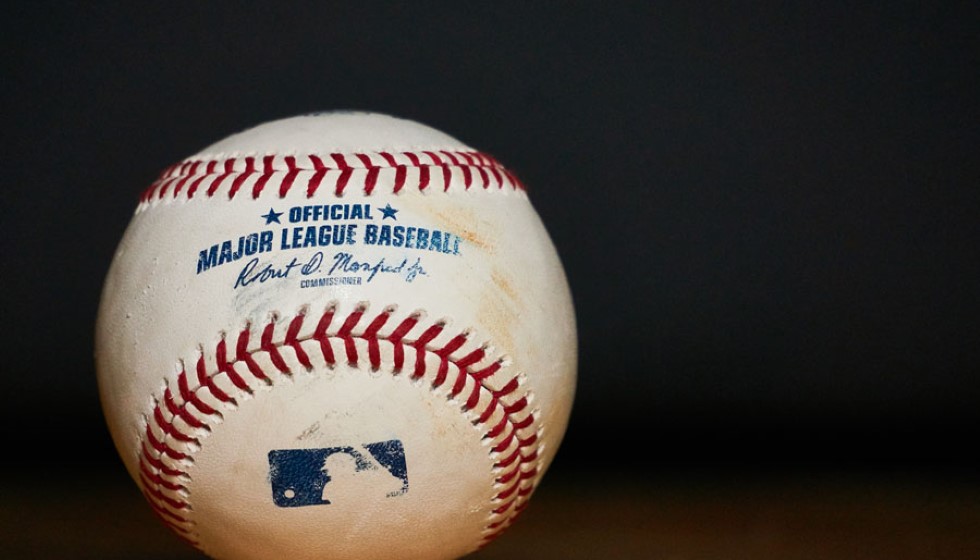
In May, the buzz around Major League Baseball (MLB) reached a new peak as Commissioner Rob Manfred hinted at the impending integration of the automated strike zone system, commonly known as ABS. This revelation has sparked widespread discussions about the future of umpiring and the technological advancements in baseball.
Implementation in MLB: A Matter of Time
The thrust towards automation comes with an innovative proposed challenge system. Each team will have the capability to appeal pitches to the ABS, although the number of challenges will be capped at three per game. This strategic limitation aims to maintain the flow and integrity of the game while embracing new technology.
The ABS system is not completely untested. It has already graced certain minor league levels, including Triple-A, where its effects have been closely monitored. These preliminary implementations are invaluable as they provide critical data and insights. As Manfred stated, "One thing we learned with the changes last year is, a little more time is better than not enough time. Just in terms of making sure when you bring something to the big leagues, you've got to make sure you got it right."
Fine-Tuning and Testing
Before ABS sees the light of day in major league ballparks, it will undergo rigorous testing during spring training. This will ensure that the system functions smoothly and mitigates any potential for controversy when it hits the big stage. The trial phase for ABS is projected to commence as soon as 2025, reflecting MLB's cautious yet proactive approach.
Accuracy is a hallmark of ABS technology, boasting precision to within a hundredth of an inch. Manfred's confidence in the system is evident as he remarked, "We have made material progress; the technology is good to 100th of an inch; the technology in terms of the path of the ball is pluperfect, number one."
Global Influence: KBO's Success Story
The Korean Baseball Organization (KBO) is already reaping the benefits of ABS this season, providing a real-world testament to its efficacy. The implementation has correlated with an increase in the league's On-base Plus Slugging (OPS), which rose from .712 last year to .766 this year. This statistical uptick underpins the potential offensive advantages that ABS could bring to MLB.
Initially, minor leagues experienced a spike in strikeout and walk rates with the introduction of ABS. However, as the strike zone was fine-tuned, these rates began to stabilize, reflecting a positive adaptation period. This feedback loop is critical as MLB prepares for its own transition.
Player Feedback and Future Prospects
Notably, several current major league players have already experienced ABS during their stints in the minors or while on rehab assignments. This familiarity could smooth the transition for those currently in the big leagues. Additionally, player input has been a driving force behind the rollout strategy. Manfred emphasized this point: "We have listened – me, in particular, and I've carried a lot of this water with the owners – to player input on how they want to see it rolled out. Our focus, obviously, the second half of this year is on the challenge system, and that is almost 100% based on player feedback."
The integration of ABS in MLB is not merely about technology but about enhancing the game's fairness and accuracy, thereby elevating the overall fan experience. Although the journey towards full implementation is meticulously planned out, its successful adoption could very well set a precedent for other sports leagues around the world. With ongoing tests and the supportive feedback from players, the major leagues are on the brink of a significant evolution in how the game is officiated.
In conclusion, Commissioner Rob Manfred's open acknowledgment of ABS technology is a signal that change is on the horizon. The combination of technological precision and player-centric policies sets the stage for a new chapter in baseball history—one where calls are indisputable, and the integrity of the game is upheld with the highest standard of accuracy.